
NHPRC News -- October 2020
Inside the Commission
Continuing Operations
Geoffrey Shepard Appointed to the Commission
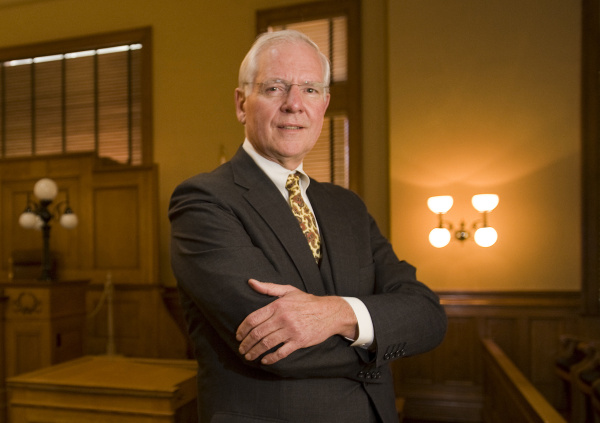 President Donald J. Trump has appointed lawyer and writer Geoff Shepard to the National Historical Publications and Records Commission, replacing Rebecca Hankins. Mr. Shepard holds degrees from Whittier College and Harvard Law School. In 1969, he was selected a White House Fellow and assigned to the Treasury Department, where he worked under Paul Volcker, then undersecretary for monetary affairs.
President Donald J. Trump has appointed lawyer and writer Geoff Shepard to the National Historical Publications and Records Commission, replacing Rebecca Hankins. Mr. Shepard holds degrees from Whittier College and Harvard Law School. In 1969, he was selected a White House Fellow and assigned to the Treasury Department, where he worked under Paul Volcker, then undersecretary for monetary affairs.
Following his fellowship year, Mr. Shepard joined John Ehrlichman’s Domestic Council staff at the Nixon White House, where he served for five years, first as a staff assistant and ultimately as associate director. He also worked on President Nixon’s Watergate defense team.
He left the Ford administration in 1975 and embarked on a 35-year career in the insurance industry, ultimately becoming senior vice president and corporate secretary of CIGNA Corporation, then senior vice president and general counsel of Reliance Insurance Company, and then president of the corporate division of Karr Barth Associates, The Equitable’s largest agency.
Beginning in 2010, Mr. Shepard has helped produce a series of over three dozen Nixon Legacy Forums, documentaries focusing on President Nixon’s various public policy initiatives. The forums are co-sponsored by the National Archives and the Richard Nixon Foundation and are often broadcast on C-Span’s American History channel.
Mr. Shepard is the author of two books, The Secret Plot to Make Ted Kennedy President (Penguin Sentinel, 2008) and The Real Watergate Scandal, Collusion, Conspiracy and the Plot that Brought Nixon Down (Regnery History, 2015), with a third one due out next year.
Commission to Meet on November 24
The National Historical Publications and Records Commission will meet on Tuesday, November 24, 2020 via teleconference to consider grant applications and review policy. The public is welcome to send written comments to be shared with the Commission members by email to nhprc@nara.gov by November 17, 2020..
News from the Field
The Papers of the Presidents (and Also-Rans)
Every four years a presidential election rolls around, and we are reminded of the history of those exciting weeks in autumn. The National Historical Publications and Records Commission has played a key role in documenting those elections through preserving and publishing the papers of the winners and the also-rans. This week let’s look at who got the job.
Fifteen U.S. presidents have been documented in complete or in-progress print editions supported by the NHPRC, and three others have had their papers preserved through microfilm collections. In addition, six presidents--Franklin Roosevelt, Harry Truman, Dwight Eisenhower, John Kennedy, Lyndon Johnson, and Richard Nixon--are part of the Presidential Recordings project at the University of Virginia.
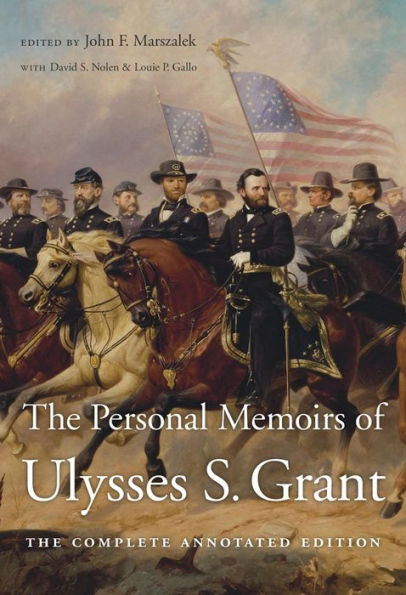 Here’s where to find them:
Here’s where to find them:
Founders Online -- Washington, Adams, Jefferson, Madison, and John Quincy Adams are part of the corpus of 185,000 documents captured here.
George Washington (University of Virginia) -- includes the Washington Financial Papers
John Adams and John Quincy Adams (Massachusetts Historical Society) -- also preserves documents from other members of the famous family
Thomas Jefferson (Princeton University) -- the oldest of the modern documentary editions
James Madison (University of Virginia) -- see also the Dolley Madison Digital Edition on Rotunda
James Monroe (University of Mary Washington) -- also supported a microfilm edition
Andrew Jackson (University of Tennessee)
Martin Van Buren (Cumberland University) -- an online edition
James K. Polk (University of Tennessee) focused on his correspondence
Zachary Taylor and Millard Fillmore (American University) -- a brand-new edition; also supported microfilm editions
James Buchanan (Historical Society of Pennsylvania) -- a microfilm edition of 20,000 items
Abraham Lincoln (Abraham Lincoln Presidential Library) -- a complete edition of his legal papers and an ongoing documentary edition
Andrew Johnson (University of Tennessee)
Ulysses S. Grant (Mississippi State University) -- project began at Southern Illinois University. A digital edition is available on Rotunda.
Rutherford B. Hayes (Rutherford B. Hayes Presidential Museum and Library) -- a microfilm edition drawn from the Hayes Collection and 130 libraries and repositories.
Woodrow Wilson (Princeton University) -- a 69-volume edition. Available on Rotunda.
Warren G. Harding (Ohio Historical Society) -- microfilm edition
Dwight D. Eisenhower (Johns Hopkins University Press) digital edition
Presidential Recordings Project (University of Virginia) -- online edition of the transcriptions and annotations from secret White House tape recordings.
The Also Rans
The papers of the losers in the U.S. presidential elections tell a tale of what-might-have-been, and below are some of the “also rans” whose papers were processed or published through grants from the National Historical Publications and Records Commission.
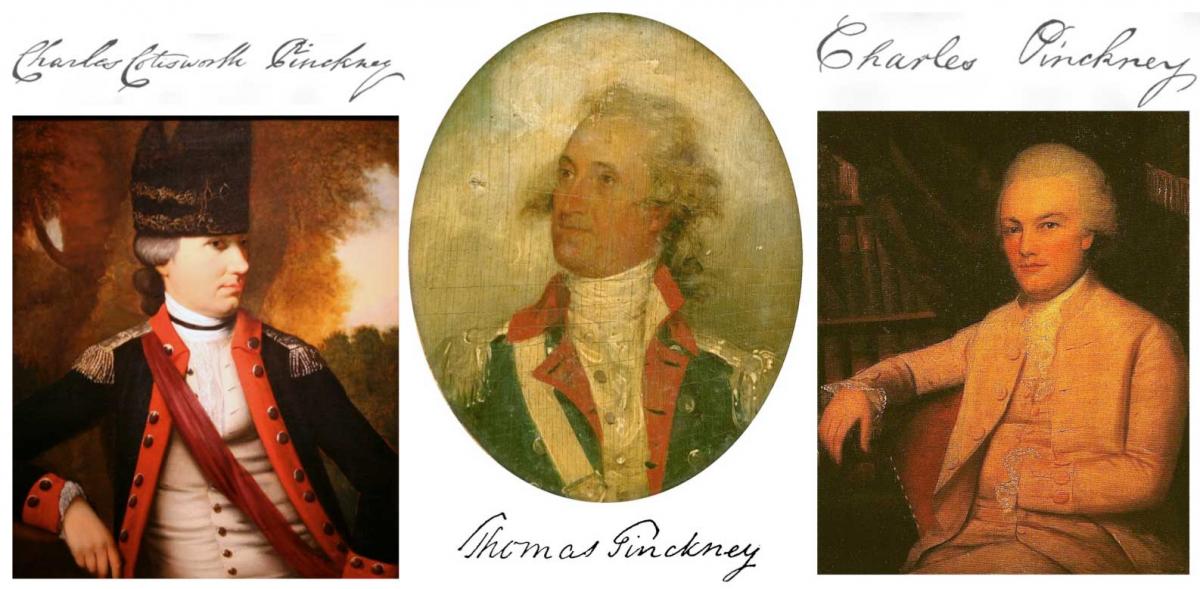
1796
The 1796 presidential election was a wild and wooly affair, not only for the two top candidates, but for the number of candidates who received votes for president or vice president. (Before the ratification of the 12th Amendment in 1804, each elector voted for two people, and the winner was declared president and the second-place finished vice president.) John Adams eked out a victory over Thomas Jefferson.
Several of the also rans have had their papers preserved through grants from the NHPRC. The Federalist Thomas Pinckney finished third with 59 electoral votes, and his papers are part of the Pinckney Statesmen of South Carolina project (his brother Charles Cotesworth Pinckney also received one vote). Aaron Burr received 30 electoral votes in 1796 and finished fourth. In 1800 he tied Jefferson in the election as a Democratic-Republican and was chosen as vice president. The NHPRC funded the Political Correspondence and Public Papers of Aaron Burr.
1824
None of the candidates—John Quincy Adams, Andrew Jackson, William Crawford, and Henry Clay—secured a majority of the electoral college (though John C. Calhoun was safely elected as vice president). Thus, the election was thrown to the U.S. House of Representatives, which chose Adams on February 9, 1825.
Henry Clay finished fourth and threw his support behind Adams reportedly in exchange for a promised appointment as Secretary of State. Clay would later run unsuccessfully for president in 1832, 1840, 1844, and 1848, coming the closest as the Whig party candidate in 1844. The Papers of Henry Clay was published in a 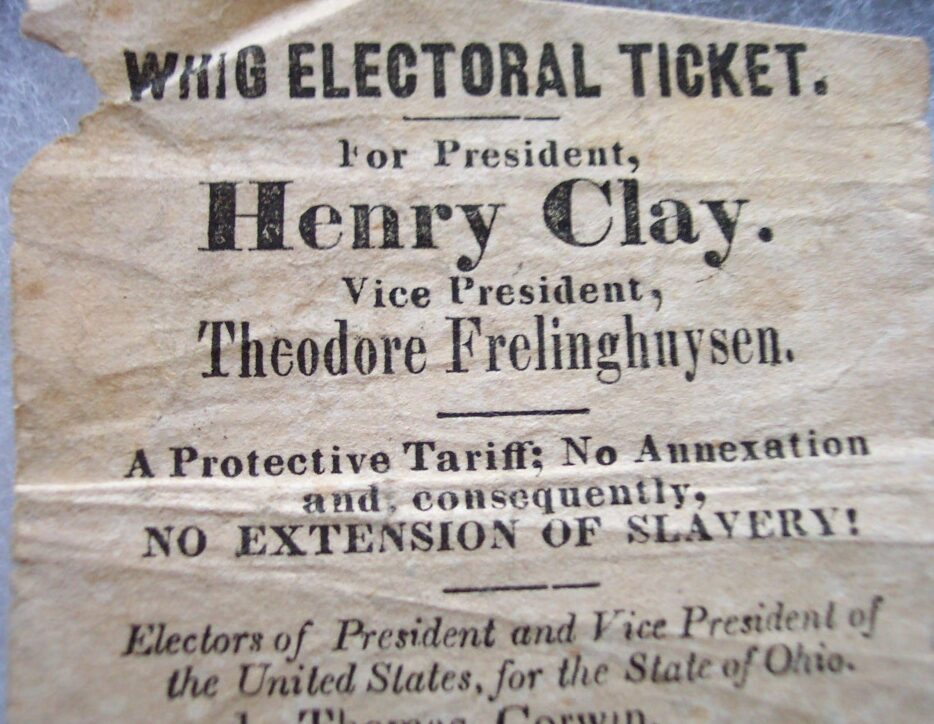 10-volume edition with grants from the NHPRC.
10-volume edition with grants from the NHPRC.
1836
Daniel Webster, whose papers were edited at Dartmouth College with NHPRC support, also sought the Whig Party nomination for President in 1836, 1840, and 1852. His best finish was in 1836, when he carried his home state of Massachusetts and its 14 electoral votes. The collection has now been published as a Rotunda Digital Edition by the University of Virginia Press.
1856
In 1856 the newly formed Republican party nominated Senator John C. Frémont of California for President of the United States, but he was defeated by Democratic candidate James Buchanan. The NHPRC funded an edition documenting the Expeditions of John C. Fremont which had helped propel him to national fame.
1900-1920
Socialist Eugene V. Debs ran for president five times, first in 1900, and then as the Socialist Party of America candidate in 1904, 1908, 1912, and 1920. Although Debs received increasing numbers in the popular vote, he never won any votes in the Electoral College. His best showing in total votes was 1920 when nearly one million people voted for him. All the more remarkable, he was incarcerated at the time (though he promised to pardon himself if elected). The NHPRC supported a project to publish the Letters of Eugene V. Debs.
1924
Robert La Follette, represented Wisconsin in both chambers of Congress and served as the Governor. In 1924, he ran as the nominee of his own Progressive Party in the 1924 presidential election. He finished third with 16.6 percent of the popular vote and his home state’s 13 electoral votes. The NHPRC funded a microfilm edition of the papers of Robert A. La Follette.
1948
The first election after the death of FDR, the 1948 presidential election came down to a battle between Harry Truman and Thomas Dewey. Two other nascent parties emerged, the States' Rights Democratic Party, the so-called Dixiecrats headed by Strom Thurmond, and the Progressive Party, headed by Henry A. Wallace. The two splinter parties amassed about 5 percent of the popular vote (though the Dixiecrats actually earned 39 electoral votes). The University of Iowa holds the Henry A. Wallace papers, which were digitized with support from the NHPRC.
1952, 1956
Princeton University holds the papers of Adlai Stevenson, Democratic candidate for President in 1952 and 1956. The NHPRC supported the processing of the “Cold War” portion of the Stevenson collection.
1968
The papers of Minnesota senator and Democratic candidate Hubert H. Humphrey are at the Minnesota Historical Society. Grants from the NHPRC helped digitize Humphrey’s speeches.
1984
The Minnesota Historical Society is also home to the Walter Mondale collections, and the NHPRC helped preserve the collection of U.S. Senator, Vice President, and 1984 Democratic nominee.
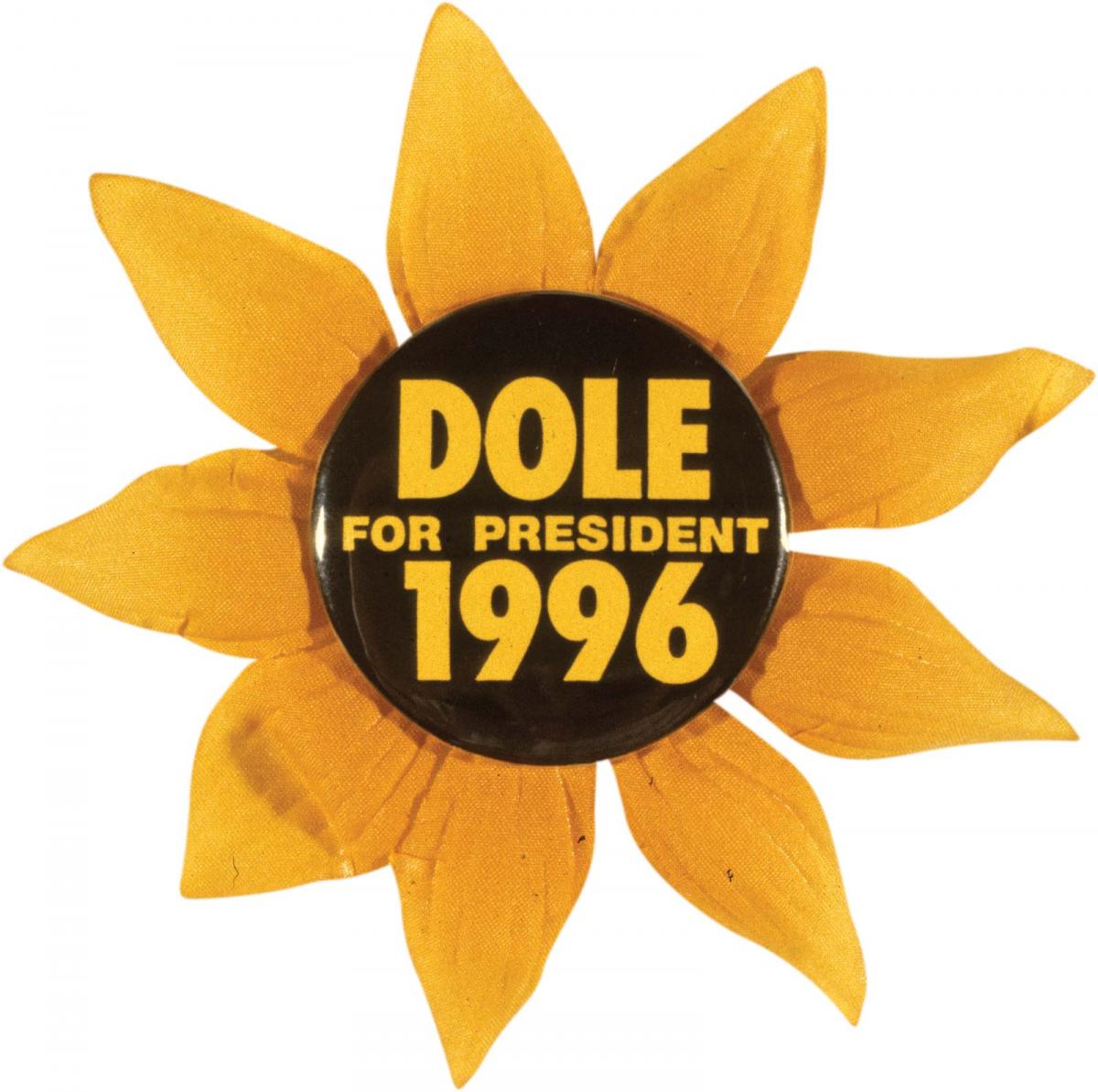
1996
An NHPRC grant to the University of Kansas supported a two-year project to process the Senatorial, campaign, and retirement papers of Robert J. Dole from 1968 to 2009. Senator Dole ran as the Republican nominee for President in 1996 and was the longest-serving Republican to act as U.S. Senate Majority Leader.
The Also Also-Rans
In addition to those candidates for the presidency, we have also funded a number of other collections of those who unsuccessfully sought their party’s nomination, though serious contenders.
1940, 1948, 1952
Robert A. Taft, the conservative Senator from Ohio, sought the Republican nomination for president in 1940, 1948, and 1952. His best chance may have been in 1952 before the popular Dwight Eisenhower entered the race. On the first ballot at the Republican convention, Eisenhower had 595 votes, just nine short of the nomination, while Taft trailed with 500 votes. After the delegates began to shift their votes, Eisenhower prevailed. The NHPRC funded the publication of the Selected Papers of Robert A. Taft.
1944-1992
Minnesota’s Harold Stassen first sought the Republican nomination for president in 1944 and would come closest for years later. In the first two rounds of balloting at the 1948 convention, Stassen finished third behind Dewey, the front runner, and Robert Taft. Stassen was later best known for being a perennial candidate for the Republican Party nomination for President of the United States, seeking it nine times between 1944 and 1992. The Harold Stassen papers at the Minnesota Historical Society were processed with the aid of an NHPRC grant.
1968-1992
The Minnesota Historical Society is also home to the papers of Eugene McCarthy, who had a similar quixotic run for the Democratic party nomination, running five times in all. McCarthy actually led the 1968 race for a time, but he finished second to the eventual nominee, Hubert Humphrey.
1972
Edmund Muskie of Maine was selected as vice-presidential nominee at the 1968 Democratic convention, and in 1972, he declared his candidacy for the presidential nomination. He won five primaries in a crowded field. A grant from the NHPRC helped Bates College process the papers of Edmund Muskie.
Seminar on the Penman of the Revolution
Between December 2, 1767 through the following April, a series of protest letters appeared in 19 English-language newspapers in the 13 American colonies from a “A Farmer in Pennsylvania.” Eventually the twelve letters were collected and reprinted and reached an even wider audience, helping to unite the public against the economic restrictions imposed by the Townshend Acts imposed by the British government.
Written by Pennsylvania lawyer and legislator John Dickinson (1832-1808), the Letters from a Farmer in Pennsylvania were highly influential, paving the way for Thomas Paine’s “Common Sense” in 1776 and the fight for independence. From the beginning of the struggle through the ratification of the Constitution in 1789, Dickinson published more works for the American cause than any other individual, earning him the nickname of “Penman of the Revolution.”
Indeed upon learning the news of Dickinson's death, Thomas Jefferson wrote: "A more estimable man, or truer patriot, could not have left us. Among the first of the advocates for the rights of his country when assailed by Great Britain, he continued to the last the orthodox advocate of the true principles of our new government and his name will be consecrated in history as one of the great worthies of the revolution."
An editorial team at the University of Kentucky is undertaking a project to assemble Dickinson’s writings--everything from newspaper articles to songs for liberty--into a print edition, a college-level course reader, and a digital edition. Funded by the National Historical Publications and Records Commission, the National Endowment for the Humanities, the State of Delaware, and private donors, The John Dickinson Writings Project aims to make available all identifiable Dickinson publications and manuscripts from many archives, as well as a robust selection of correspondence.
This October the Library Company of Philadelphia will be hosting an online public seminar (over three evenings) on “John Dickinson and the Making of the U.S. Constitution, 1776-1788” which will trace his innovation contributions from his work on the Articles of Confederation, the Annapolis Convention, the Federal Convention, and the debate over ratification.
The seminar led by Dr. Jane E. Calvert, chief editor of the Dickinson project and Associate Professor of History at the University of Kentucky, participants will explore drafts, notes, and essays, along with selected secondary source readings, to understand Dickinson’s contributions to the U.S. Constitution, reflecting on both what he offered and what his colleagues rejected. Other guests at the seminar are:
- Liz Covart, Digital Projects Editor for the Omohundro Institute of Early American History and Culture at the College of William & Mary, where she hosts the podcast Ben Franklin’s World.
- John Kaminski, founding director of the Center for the Study of the American Constitution at the University of Wisconsin-Madison. He co-edited 32 volumes of The Documentary History of the Ratification of the Constitution.
- Jack N. Rakove, emeritus W. R. Coe Professor of History and American studies at Stanford University. His work Original Meanings: Politics and Ideas in the Making of the Constitution (Knopf, 1996) won the Pulitzer Prize in History.
John Jay Added to Founders Online
In celebration of Constitution Day, the National Archives, through a collaboration between its National Historical Publications and Records Commission and The University of Virginia (UVA) Press, is pleased to announce that the Selected Papers of John Jay have been added to Founders Online. Jay’s papers join the fully-searchable database of records from George Washington, John Adams, Thomas Jefferson, Benjamin Franklin, Alexander Hamilton, and James Madison. The nearly 2,000 Jay documents increase the total number of Founders Online items to more than 185,000.
You can start searching the Jay Papers on Founders Online at founders.archives.gov.
“Adding Jay to Founders Online on Constitution Day makes eminent sense,” said Archivist of the United States David S. Ferriero, “given that Jay helped draft both the New York Constitution and three of the Federalist Papers that supported ratification of the Federal Constitution. Now students and researchers can easily learn what Jay thought and wrote about these and other milestones in early U.S. history."
The Selected Papers of John Jay is a seven-volume scholarly edition of his correspondence and writings, a wide-ranging selection of he most significant and interesting public and private documents and letters, written or received by Jay. The edition is designed to revise and complete work begun in the 1950s by the eminent Columbia University professor Richard B. Morris, who supplemented the major collection of original Jay papers at Columbia with copies of Jay documents secured from archives throughout the world. Under Morris's direction, project staff published two volumes covering the era of the American Revolution. The current project is sponsored by the Rare Books & Manuscript Library of Columbia University Libraries.
Few leaders of the new American nation had more influence than John Jay (1745–1829), or match his contributions in all three branches of government, at both state and national levels. Perhaps he is best remembered as the first chief justice of the United States (1789-1795), but Jay was also a leading representative of New York in the Continental Congress, and one of the American commissioners who negotiated peace with Great Britain, ending the American Revolution. He served the new republic as secretary for foreign affairs under the Articles of Confederation and was a contributor to the Federalist papers, arguing for ratification of the Constitution. Jay also was negotiator of the 1794 “Jay Treaty” with Great Britain and a two-term governor of the state of New York. In his personal life, Jay embraced a wide range of religious, social, and cultural concerns, including the abolition of slavery. Among his correspondents are George Washington, John and Abigail Adams, Thomas Jefferson, Gouverneur Morris, Robert Morris, and the Marquis de Lafayette.
While Jay’s peers recognized his profound influence as a statesman, he is often portrayed as a "man in the background" by many scholars of the American Revolution and early republic. The Selected Papers of John Jay will introduce a new generation of students and scholars to this founder’s role in shaping the American government and place in context his domestic life and his legacy, including the roles of his articulate wife and of their politically active sons, who solicited Jay’s advice in shaping their own careers of public service. The documentary edition complements the the Papers of John Jay digital archive at launched in 2003, which provides access to images of more than 20,000 pages of Jay and Jay-related documents. You can access it at https://dlc.library.columbia.edu/jay.
The inclusion of Jay's papers on Founders Online promises to deepen our understanding of the written record of the original thoughts, ideas, debates, and principles of our democracy. Users can now search across the records of all seven Founders and read first drafts of the Declaration of Independence, the spirited debate over the Constitution and Bill of Rights, and the very beginnings of American law, government, and our national story.
An Archival Obsession
"Quoth the raven, nevermore..." Edgar Allan Poe's famous poem "The Raven" seem an appropriate choice as we near Halloween, not only for its spooky cadence, but for the strange connection between pondering over works of forgotten lore and one of the first projects supported by the NHPRC.
It all goes back to the obsession of collector John Henry Ingram, who when he died in Brighton, England in l9l6, possessed, as he expressed it "a room-full of Poe." He had gathered the materials in an attempt to restore Poe's literary reputation, which had sullied by the publication of the Memoir that Rufus W. Griswold had written and published in l850, a year after Poe's death. While that reputation began to turn around by the 1870s, Ingram could not shake his obsession with the master of the macabre.
According to the Finding Aid for the John Henry Ingram's Poe collection:
"At that time scholars on both sides of the Atlantic were well aware of Ingram's collection of Poe materials. Both its size and value had been suggested by Ingram's four-volume edition of Poe's works, prefaced by an original and controversial Memoir, and its worth had further been proved by the two-volume biography of Poe in which Ingram had published a great deal of new and important information. So impressed was the New England editor and critic Thomas Wentworth Higginson that he addressed an anxious communication to Ingram on February l, l880, about his collection: "I hope that if you should ever have occasion to sell it or should bequeath it (absit omen! in either case) it may come to some Public Library in this country.
Ingram's Poe collection was to grow enormously through many more years, and in the end Higginson's wish was to be fulfilled: it was sold and it did come to America, to the Alderman Library at the University of Virginia."
There it was processed and, with one of the first grants from NHPRC, it was microfilmed for wider access. And Poe scholars have relied upon it to further the reputation of this American writer. The wonderful finding aid--which tells the story of Ingram's obsession in great detail--is available at the University of Virginia Library.
Perfect reading for the Halloween season.



